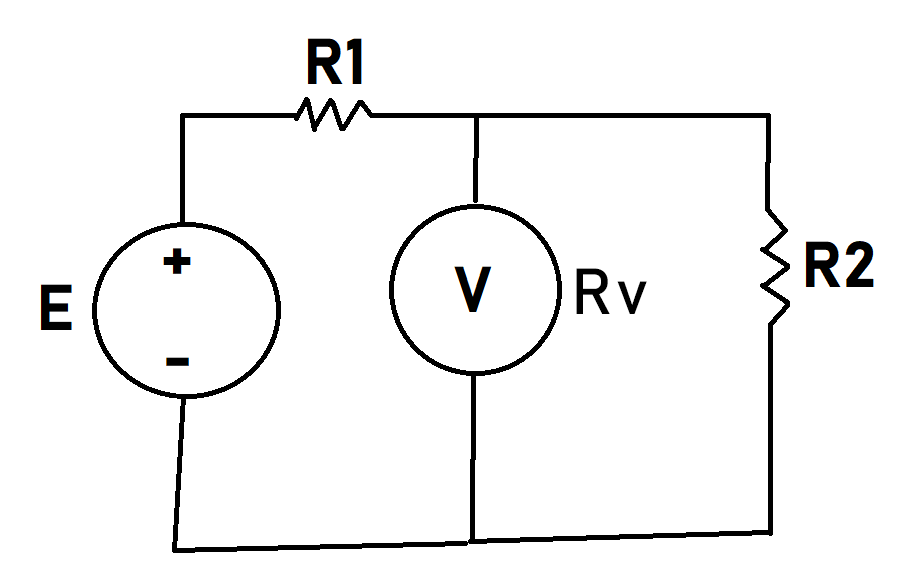I'd like to preface with saying that I'm quite new to this.
Given emf E = 9 V, and that both resistances are equal, R = 1 kΩ, calculate the voltmeter reading if voltmeter's internal resistance is Rv = 10 kΩ.
So far, I have calculated E * R2 / (R1 + R2) which gives me a result of 4.5V.
But, I'm not sure how to apply the internal resistance of 10k ohms. How does it affect the final result?


